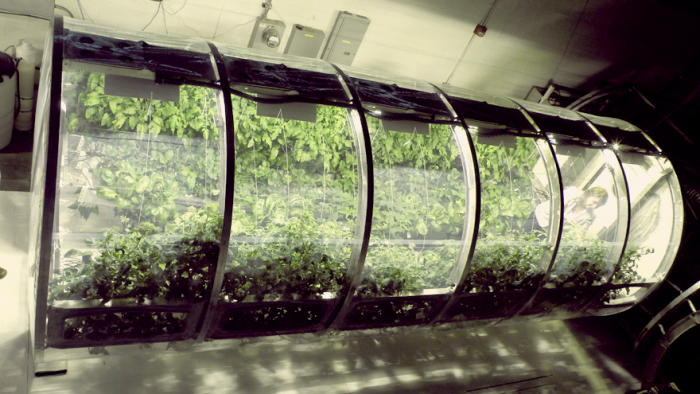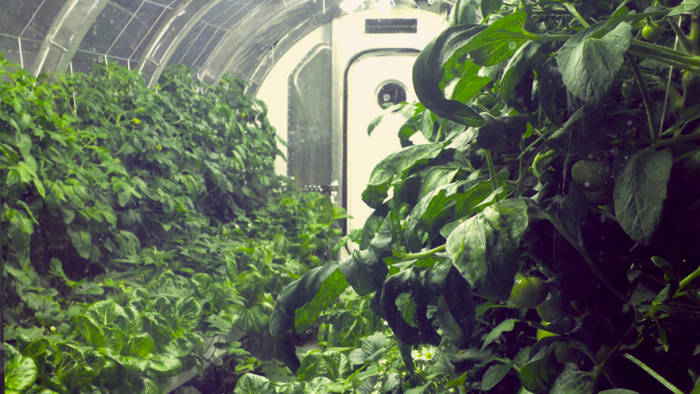A team of scientists at NASA, in collaboration with researchers at the University of Arizona, have designed a multifunctional garden prototype to sustain astronauts for longer periods of time on outposts in space. It is a hydroponic (meaning to grow plants without soil, using mineral nutrients in water solvent instead) conservatory design dubbed the Prototype Lunar Greenhouse.
Though it is named in reference to moon exploration, this project is meant to transcend the hazardous conditions of space on the whole. Researchers are considering the surface environments of Mars in the greenhouse design’s possibilities also, giving astronauts a means to generate their own nourishment indefinitely.
The Prototype Lunar Greenhouse is a cutting-edge example of adapting native living methods to aid cosmic exploration beyond our planet. Given the inhospitable conditions of outer space and austere limitations put on resources permitted to take on the journey, this prototype is designed to aid space travellers in more than one way. The inflatable structure is designed to sustain vegetable growth, revitalise air, recycle water and reuse waste produced by the astronauts on site all at once. The multi-layered operation of the Prototype Lunar Greenhouse is called a bioregenerative life support system.
“The entire system of the lunar greenhouse does represent, in a small way, the biological systems that are here on Earth," says Dr. Gene Giacomelli, a project director of the University of Arizona, “We're mimicking what the plants would have if they were on Earth and make use of these processes for life support."
Each greenhouse unit is cylindrical in shape, approximately 5.5 meters in length and 2.5 meters in diameter. To protect the leafy lifeforms inside from harmful radiation in space, the greenhouse is designed to be buried under a layer of soil. Thus it also has special lighting to allow the plants to continue photosynthesising without the benefit of sunshine.
Lead scientist Dr. Ray Wheeler of the Kennedy Space Center in Florida explained to the NASA news office that they are perfecting a closed-loop method of managing oxygen with the greenhouse design in addition to providing food for the astronauts.
“The approach uses plants to scrub carbon dioxide while providing food and oxygen… [Conventional methods work] in terms of stowage and resupply, but it wouldn't be as sustainable. The greenhouses provide a more autonomous approach to long-term exploration on the moon, Mars and beyond."
Photography credit: University of Arizona








